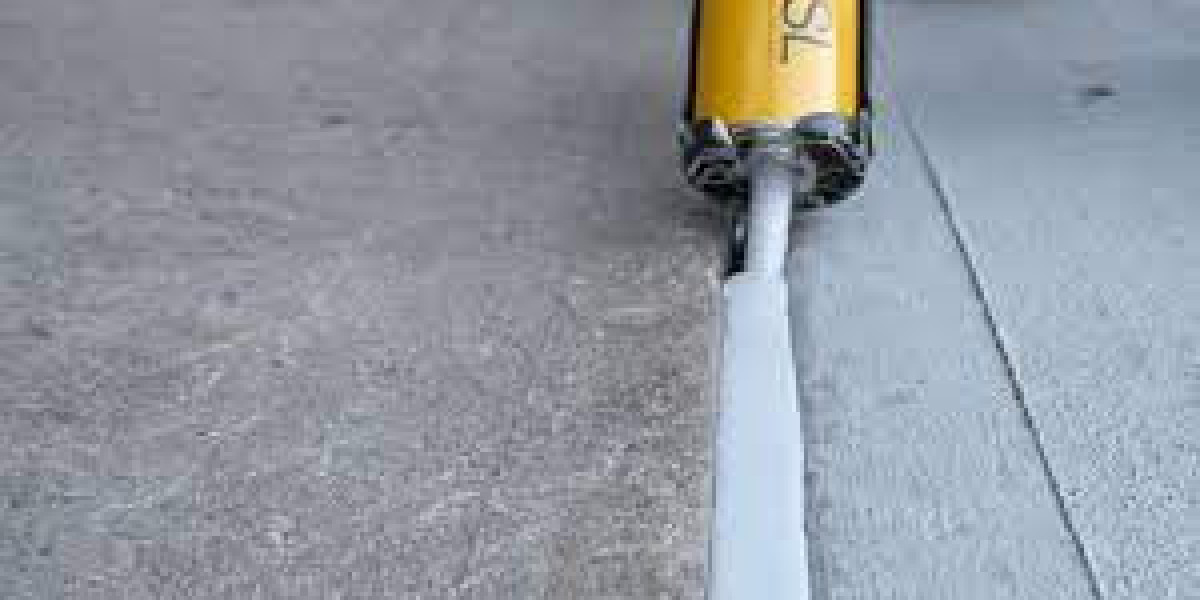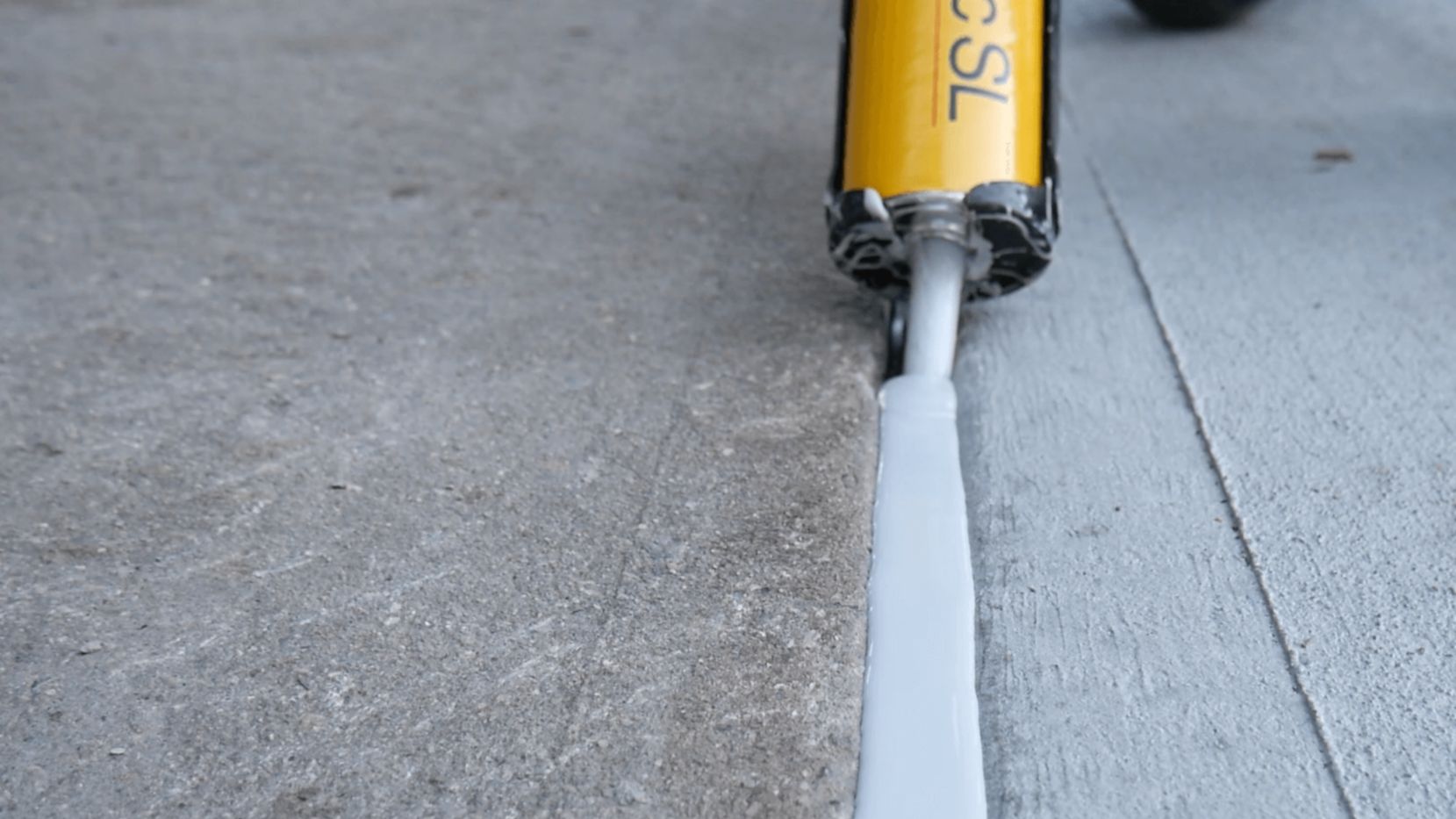In the realm of construction and infrastructure, silicone joint sealants stand out as indispensable components for maintaining structural integrity and preventing moisture ingress. These versatile sealants offer a multitude of benefits, ranging from superior adhesion and flexibility to resistance against weathering and chemical exposure. Let's delve into the world of silicone joint sealants and explore their significance, applications, and best practices for optimal performance.
Understanding Silicone Joint Sealants:
Silicone joint sealants are specially formulated compounds designed to create a flexible and watertight seal between joints, gaps, and seams in various construction materials. Unlike traditional sealants, silicone formulations offer exceptional adhesion to a wide range of substrates, including concrete, metal, glass, and plastics. This versatility makes silicone joint sealants ideal for sealing expansion joints, control joints, perimeter joints, and other critical areas prone to movement and moisture infiltration.
Key Benefits of Silicone Joint Sealants:
Superior Adhesion and Flexibility: Silicone joint sealants adhere tightly to both porous and non-porous surfaces, creating a durable bond that withstands movement and vibration. This flexibility allows silicone joint sealants to accommodate thermal expansion and contraction without compromising the integrity of the seal, making them suitable for dynamic environments subject to temperature fluctuations and structural movement.
Weather Resistance and Durability: Silicone joint sealants offer excellent resistance to UV radiation, ozone, and environmental pollutants, ensuring long-term performance in outdoor applications. Their durable formulation withstands exposure to harsh weather conditions, including rain, snow, and extreme temperatures, providing reliable protection against water infiltration, corrosion, and degradation.
Chemical Resistance and Versatility: Silicone joint sealants are compatible with a wide range of substrates and are resistant to chemicals, solvents, and oils, making them suitable for diverse sealing applications. Whether sealing joints in building facades, automotive assemblies, or industrial equipment, silicone joint sealants provide versatile and reliable solutions that conform to the unique requirements of each project.
Aesthetic Appeal: With advancements in technology, silicone joint sealants are available in a variety of colors, finishes, and formulations to meet the aesthetic preferences of architects, designers, and builders. Whether matching existing building materials or creating a contrasting accent, silicone joint sealants offer endless possibilities for enhancing the visual appeal of structures and surfaces.
Applications of Silicone Joint Sealants:
Silicone joint sealants find extensive use in various construction and infrastructure projects, including:
- Building Facades: Sealing expansion joints, control joints, and perimeter joints in curtain walls, windows, and cladding systems.
- Roadways and Bridges: Sealing expansion joints and pavement cracks in concrete highways, bridges, and parking structures.
- Industrial Facilities: Sealing joints in concrete floors, expansion joints in warehouses, and equipment installations.
- Residential Construction: Sealing joints in doors, windows, skylights, and HVAC systems to prevent air and water infiltration.
Best Practices for Silicone Joint Sealant Application:
Surface Preparation: Ensure that the joint surfaces are clean, dry, and free from dust, debris, and contaminants before applying silicone joint sealant. Use a wire brush, solvent, or abrasive pad to remove any existing sealant or residue from the joint.
Joint Design and Backer Rod Installation: For optimal performance, design joints with proper depth-to-width ratios and install backer rods to provide support and shape to the sealant. Backer rods also prevent three-sided adhesion and ensure a proper sealant-to-substrate bond.
Sealant Application: Use a caulking gun to apply silicone joint sealant evenly along the joint, ensuring complete coverage and a uniform seal thickness. Avoid overfilling the joint, as excess sealant may result in uneven curing and poor adhesion.
Tooling and Finishing: Smooth the sealant bead using a tooling agent or a wet finger to create a concave surface profile and ensure proper adhesion to the joint surfaces. Remove any excess sealant and allow it to cure according to the manufacturer's instructions.
In conclusion, silicone joint sealants play a critical role in maintaining structural integrity, preventing moisture ingress, and enhancing the durability of construction projects. With their superior adhesion, flexibility, weather resistance, and aesthetic appeal, silicone joint sealants offer versatile and reliable solutions for sealing joints in various applications. By following best practices for surface preparation, joint design, sealant application, and finishing, builders and contractors can maximize the performance and longevity of silicone joint sealants, ensuring long-term protection and peace of mind for their projects.









